BY LINCOLN ANDERSON | When Frank Mastropolo was growing up in the East Village in the 1950s and ’60s, the Loews Commodore was his “neighborhood movie house.”
As Mastropolo recalls, the Commodore, on Second Avenue near E. Sixth Street, “featured first-run movies, live appearances by stars like the Three Stooges, and, the theater bragged, air conditioning. During the 1959 Vincent Price thriller, “The Tingler,” electrical buzzers were rigged under some seats to deliver a surprise jolt at the film’s scariest moments.”
For three exciting years, from 1968 to 1971, the venue was charged with a whole different kind of electricity as the Fillmore East, the legendary rock concert hall by promoter Bill Graham.
Journalist and photographer Mastropolo, a former ABC News “20/20” producer, conducted more than 90 interviews, including of musicians who played there, as well as crew members, for his new book, “Fillmore East: The Venue That Changed Rock History.” The 200-page coffee-table-size tome tells the inside story both of the concert hall and of Graham, its founder.
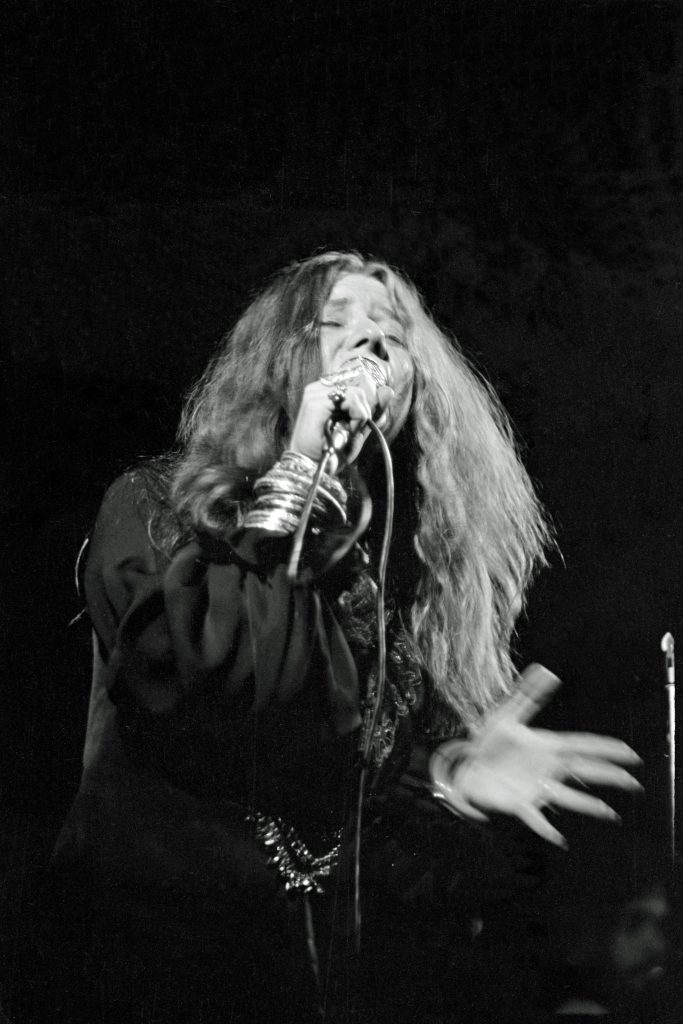
A young Mastropolo was there on the Fillmore East’s opening night on March 8, 1968, when, as he puts it, “Janis Joplin roared onto the stage with Big Brother & the Holding Company. … The Jimi Hendrix Experience followed two months later. It was the first of many shows I’d attend. Fortunately, I brought my camera; today my tales of performances by Roger Daltrey, Pete Townshend, Grace Slick, Sly Stone and Steve Winwood are greeted with skepticism and seem apocryphal even to me.”
The Fillmore East was called The Church of Rock and Roll for good reason. Promoter Graham presented the cream of rock royalty at the historic East Village theater during its brief run. In addition to Hendrix, Joplin and The Who, John Lennon, Eric Clapton, Carlos Santana, Led Zeppelin, Elton John and many other stars graced its stage.
Mastropolo’s book begins by telling how the counterculture and rock music took hold in the East Village along the Second Avenue strip. Rock concerts first started being held in two Yiddish vaudeville theaters, the Anderson Theatre and the Village Theater. Getting in on the burgeoning scene, Graham took over the latter place, redubbing it the Fillmore East, after his famed Fillmore West in San Francisco.
Graham’s shows featured, not just rock, but also giants of jazz, blues, soul, R&B and folk music. Backed by a state-of-the-art sound system and the psychedelic imagery of the Joshua Light Show, performers at Fillmore East electrified fans and recorded many of the best-loved live albums in rock history. And ticket prices never topped $5.50.
Among the stars Mastropolo interviewed for the book are 19 Rock and Roll Hall of Fame inductees, including Jack Casady, Dave Davies, Jorma Kaukonen, Robert Lamm, John Lodge, Nils Lofgren, Dave Mason, Roger McGuinn and Steve Miller.
The oral history features 200 performance photos, posters, letters, buttons, contracts and memorabilia, many never before published.
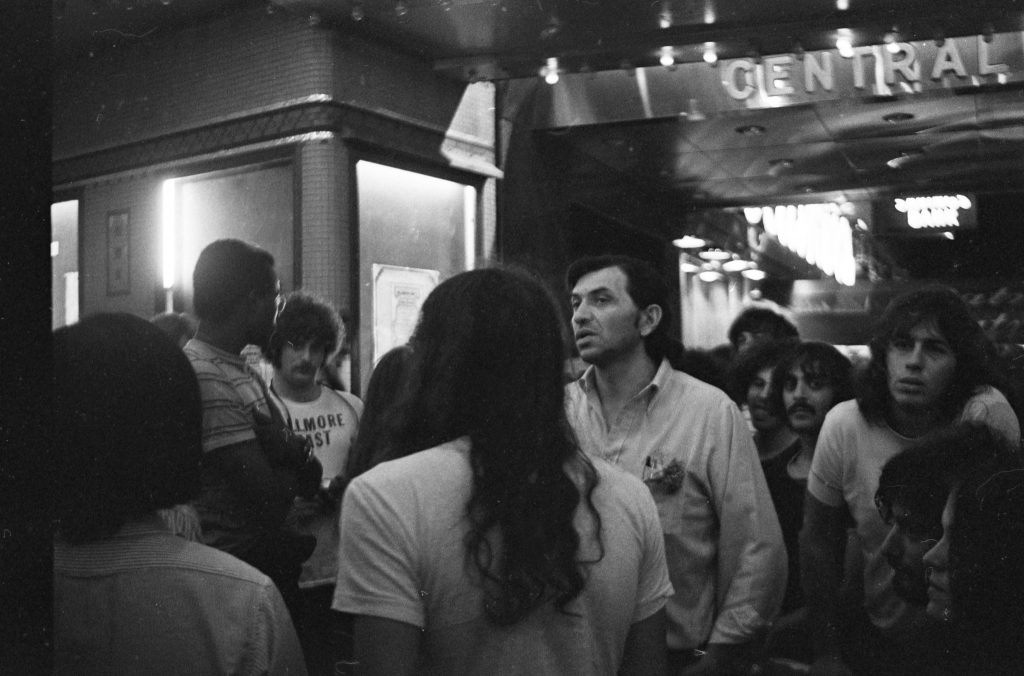
Also included is a foreward by Joshua White of the famous Joshua Light Show.
“My first experience with Frank was for an article he was writing about the Anderson Theatre,” White writes. “The Anderson was similar to the Fillmore except that it was a dump and management had no real interest in the music or the audience. Frank called often to research the story. His questions were thought-provoking. I looked forward to thinking about them.”
The book offers a lot of insight into Graham, the mercurial impresario. Born Wolodia Grajonca in Berlin in 1931, he escaped pre-Holocaust Germany in an exchange of Jewish children for Christian orphans. With aspirations of acting, Graham joined a mime troupe in San Francisco, eventually getting into concert promoting.
“I never met Bill Graham, who introduced the acts most nights, but I learned of his boundless generosity and volcanic rages first-hand from the musicians and staff,” Mastropolo writes. “Graham created an environment where John Lennon might show up unannounced to play; young guitarists like Nils Lofgren were allowed to jam backstage with the headliners; and after the late shows, fans could hop onto the stage and shoot the breeze with their heroes. Just try that today.”
The book has gotten rave reviews from the ultimate arbiters, the artists themselves.
“If you want to know about the rock and roll scene in New York City in the late ’60s, early ’70s, this is the book to read. Straight from the horses’ mouths,” said Peter Albin of Big Brother & The Holding Company.
“These stories take you back to when it was about playing and partying, not big business,” said Carmine Appice, the drummer for Vanilla Fudge.
“The minute I hit the stage I knew I was on Cloud Nine. And no, it was not a contact high… . The ambiance, the smell, the feeling of absolute freedom. Yes, that was the Fillmore East. Hey, Frank Mastropolo, YOU NAILED IT!!!” said Genya Ravan, singer for Ten Wheel Drive.
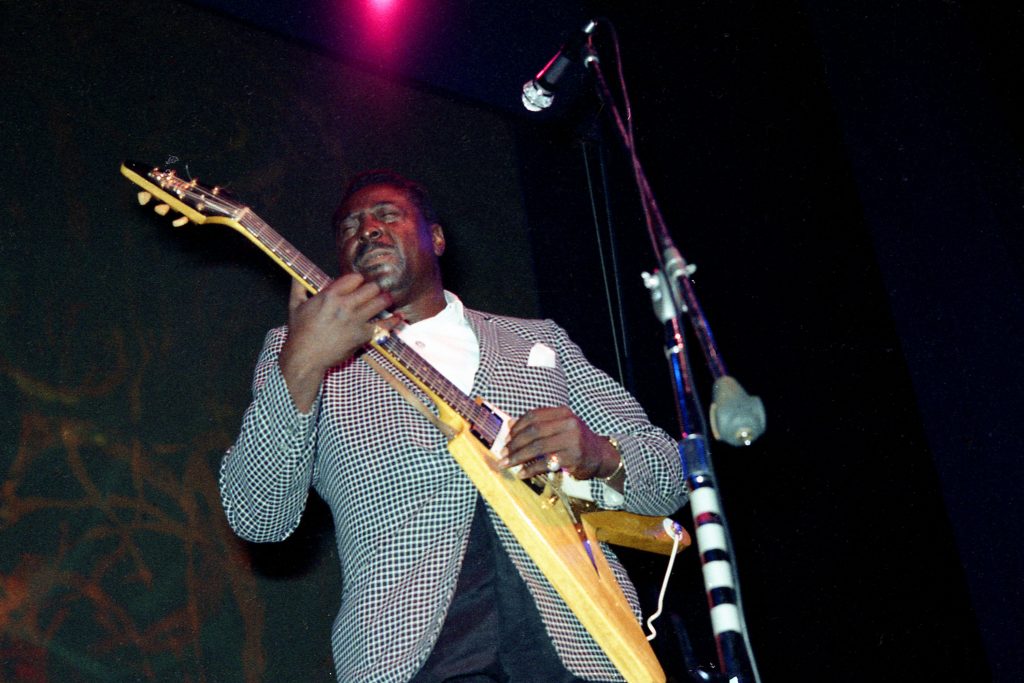
The meat of the book is made up of interspersed interviews with the rock stars and others who were part of the Fillmore scene and counterculture. The first is of Bob Fass, the WBAI free-form radio pioneer, who died this past April at age 87. Fass recalls 1967 when the Summer of Love hit.
“I’m not even sure what the hell happened,” he says. “Suddenly, all these freaky people who were hidden away from the world manifested. It was as though there can’t be two people like that and then suddenly there are 2,000 people marching up First Avenue from downtown. This was in New York. The same thing must have happened in San Francisco. That was what the Summer of Love was really about. We’re all one. Be what you are, fuck authority.”
Although the Fillmore East had a deceptively small front entrance, its capacity was 2,700 people. It was briefly revived as the New Fillmore East, N.F.E., then had a run as The Saint, a gay disco, in the 1980s.
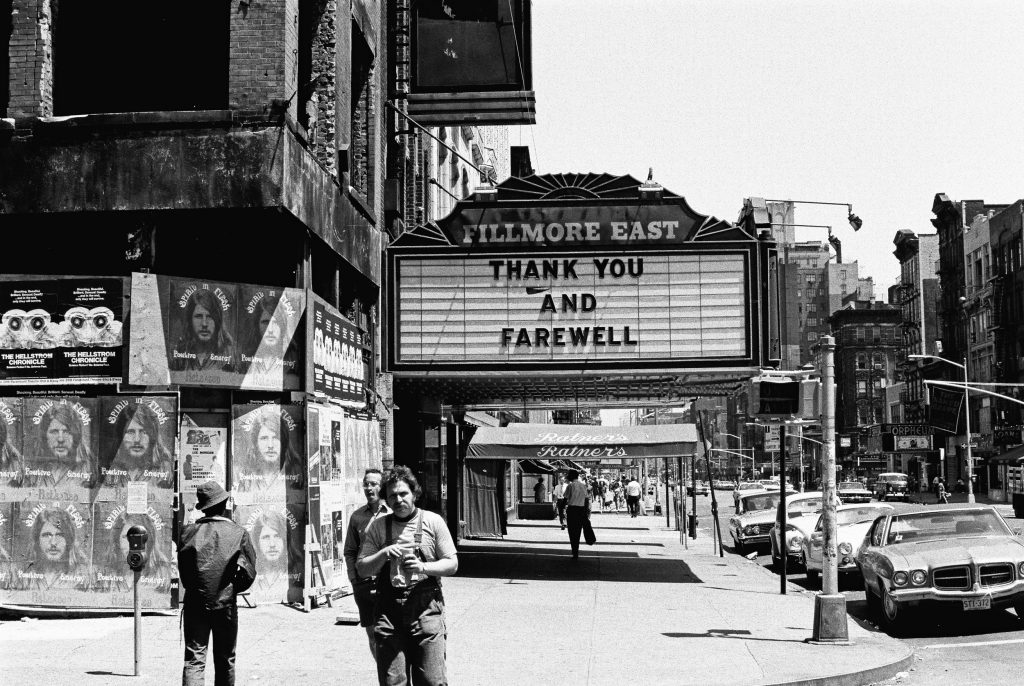
In the mid-1990s, the Hudson Companies Inc. bought the concert hall out of bankruptcy, demolished it and replaced it with Hudson East, a seven-story building with 86 mixed-income apartments. The developer hailed it as one of the first “new construction” projects in the East Village.
Today all that remains of the Fillmore East is a bank lobby on Second Ave.
Mastropolo, who still lives in the East Village, has previously written two other fascinating books on local history — on ghost signs, the faded painted advertising on Downtown building facades.
***
Below follows a Q&A with author Frank Mastropolo:
The Village Sun: Obviously, Bill Graham is a central figure in your new book on the Fillmore East. There are a lot of views expressed about him. He was very demanding. Some musicians loved him, some were intimidated by him. But clearly, the Fillmore East would not have been what it was without him. From your research and experience, where do you think Graham fell on this spectrum? Or was he all of these things at once?
Frank Mastropolo: I never met Bill Graham but after talking with more than 90 musicians and crew who worked for him, I learned he was a man capable of boundless generosity and volcanic rage. Arthur Brown, front man of The Crazy World of Arthur Brown, told me, “When we got left by our management, they left us in the middle of America with no money, not a penny. The last day, before we talked to Bill Graham, we had enough for one hamburger between the whole band. We were getting a little alarmed because we also didn’t have the fare home. Bill was the one who got us out of that mess.”
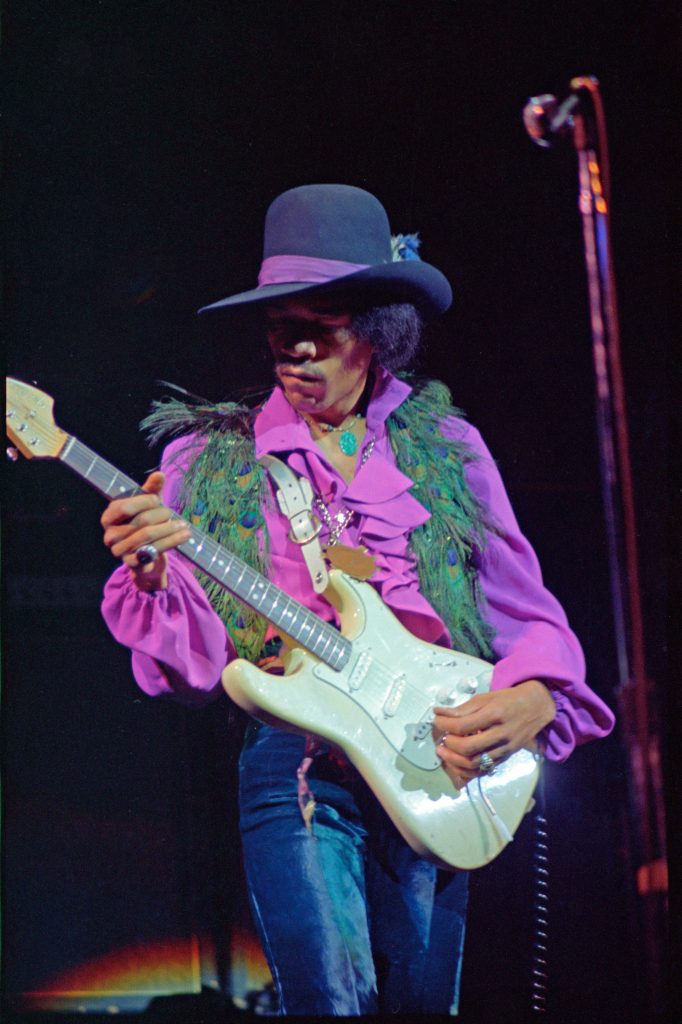
Dan Opatoshu, who was assistant stage manager of the Fillmore East, said, “Working with Bill was quite a trip. Almost everybody that worked for him had tremendous respect for him — even though he was somewhat crazy. He was a phenomenal character. He was an incredible, forceful personality. But half of it was, he was acting. He always wanted to be an actor. So you would see Bill go into this complete rage, screaming, intimidating, as though he was going to just rip apart the office and everybody that was in it.”
“He could turn it on and then turn it right off,” added Michael Shrieve, drummer of Santana. “He was an actor as much as anything else. He would get upset but he could just switch that thing off and then turn right back to you and say, ‘O.K., where were we?’ Just like that.”
Of all the folks I interviewed, only two had something negative to say about Graham, a pretty good record.
Do any particular shows / performers that you saw at the Fillmore East really stick out in your mind? What made those particular shows / experiences / artists so memorable?
I attended and photographed many memorable shows at the Fillmore East that included Jimi Hendrix, The Who, Jefferson Airplane, Sly & the Family Stone, Traffic and a personal favorite, Moby Grape. Jerry Miller, guitarist of the Grape, tells how one night the band decided to perform sitting down. And Bill Graham said, “All right, all you guys need is coffins.” But most memorable for me was opening night in March 1968 with Big Brother & the Holding Company, with Janis Joplin.
That’s why it was so much fun to get behind-the-scenes stories from Peter Albin, Dave Getz and the late Sam Andrews of the band. Sam told me, “Bill really got down on me that night. I was late. We were still living at the Chelsea Hotel and I fell asleep and I was supposed to come over and I was late. He was stomping around the floor, he was really angry. ‘I got damn amateurs!’
“I said, ‘Bill, you don’t have to pay me, I feel terrible about this, you don’t have to pay me if you don’t want to.’ And he softened immediately. He said, ‘Aw, it’s O.K. Just be on time from now on.’ And I was.”
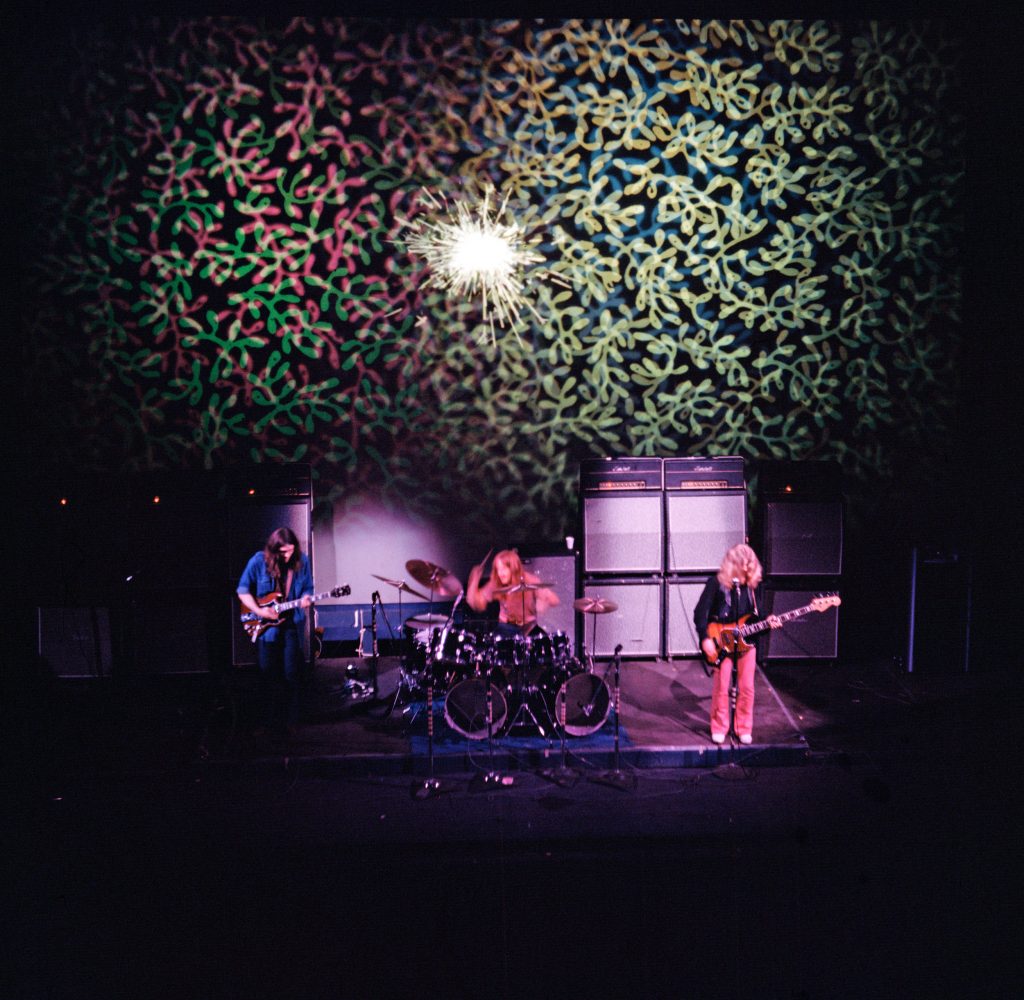
What was the Joshua Light Show like? Was it really as amazing as people say?
It was amazing. It was unlike anything anyone had seen before. It’s hard to describe to someone used to 21st-century lighting and stagecraft how revolutionary the Joshua Light Show was. Joshua pioneered psychedelic lighting accompaniment to bands at the Anderson Theater, a few blocks to the south, before the Fillmore East. Broadway lighting designers began hiring Joshua’s crew to do special lighting setups. Many, including Joshua, went on to have distinguished careers in TV, films and the arts. It’s why his light show films are in the permanent collection of the Museum of Modern Art.
Joshua was kind enough to give me access to his huge collection of photos, tickets, letters and memorabilia. Among the collection is a flyer advertising the first Fillmore East show that still listed the Village Theater as the venue’s name.
Dumb question but was everyone on drugs at the concerts / light shows? This was the late ’60s / early ’70s, so… . Then again, they often are at concerts today, too. But that was the flavor of the times, right?
It was not just the audience. Drummer Carmine Appice of Vanilla Fudge, who also played at the hall’s predecessor, the Village Theater, told me, “It was the hippie days. Everybody was smokin’ pot, doing drugs backstage . . . it was crazy. We used to go there when we weren’t playing there or we were off. Hangin’ out and smokin’ some pot and just screwin’ around with everybody.”
Danny Klein, bassist of the J. Geils Band, recalled, “I was in the back room with several famous people and a line of coke dealers out the door. First guy would come in and he’d lay out lines and we’d do ’em. And one of the guys would say, ‘No, I don’t think so.’ And wrap it up and go out and the next guy would come in.”
What was the process of doing the book? You conducted individual interviews (or sometimes with more than one person at a time)? On the phone? Or in person? Or both? And, as you say in the book, these interviews were done over a period of years, right?
I’ve interviewed musicians who played the Fillmore East for a variety of music sites since 2013. All of the interviews were done individually, over the phone. I decided to seek out interviews in earnest in 2019 when I decided to write the book.
Was there an interviewee who was especially hard to get or that you were particularly excited about connecting with? Did you have any favorite interviews? What was special about talking to those individuals?
It’s impossible to single out a favorite interviewee. All were generous with their time and recollections and many contributed the memorabilia that you’ll see in the book.
One that does stand out is Steve Miller, the guitarist and vocalist of the Steve Miller Band. I spoke with Steve during his 2013 Australian tour with Santana. Steve was crossing the Outback between gigs and over 45 minutes he shared some hilarious stories about Bill Graham and the Fillmore East.
“What was going to be my first time headlining at the Fillmore East was real important to me,” Steve said. “It was a big deal. So I get to New York, I’m very excited. I’ve worked my way up. I did the show with Miles Davis, I did the show with Neil Young. And now I’m finally getting to headline my show with Mungo Jerry.
“These are the guys who’ve got ‘In the Summertime,’ that little tune, you know? That hit single? And I get to town and I go by the Fillmore East and the billboard says, ‘Miller Mungo.’
“And I liked Mungo Jerry, I thought they were kind of funny. I liked the tune, but I was very upset, right? And we go and play the gig and as soon as they finish their set, they throw out about 500 kazoos into the crowd and leave the stage. So you could imagine coming out with 500 people with kazoos.”
Was it hard to collect the photos for the book, get releases, etc.? Where do most of the photos come from? Obviously, some of them are your own, as you note.
Besides Joshua White’s expansive collection, crewmembers and fans contributed a wide assortment of performance photos, many never before published. Artist Helen Hersh provided posters she designed for the Anderson and Village Theaters; they’re in the permanent collection of the Rock and Roll Hall of Fame. Ben Haller, who worked with Pablo’s Magic Theatre and Joe’s Lights, unearthed from the back of his closet a treasure trove of negatives that we digitized for the first time.
Also key was Tony Lee, a respected political memorabilia collector. Tony gave me access to his huge collection of ’60s buttons and memorabilia, which provide a real flavor of the era.
There are more than 200 images in the book, including Jimi Hendrix, The Who, Janis Joplin, the Doors, Joe Cocker, Tina Turner, the Allman Brothers Band, Jefferson Airplane and John Lennon and Yoko Ono during a surprise appearance with Frank Zappa and the Mothers. Drummer Aynsley Dunbar provided a hilarious account of the show. After Lennon’s live album came out, Aynsley was never paid for his performance — a sore point because he and Lennon are both from Liverpool.
***
“Fillmore East: The Venue That Changed Rock Music Forever,” by Frank Mastropolo (Edgar Street Books, 204 pages, 8.5 inches by 11 inches), is available for purchase on Amazon.

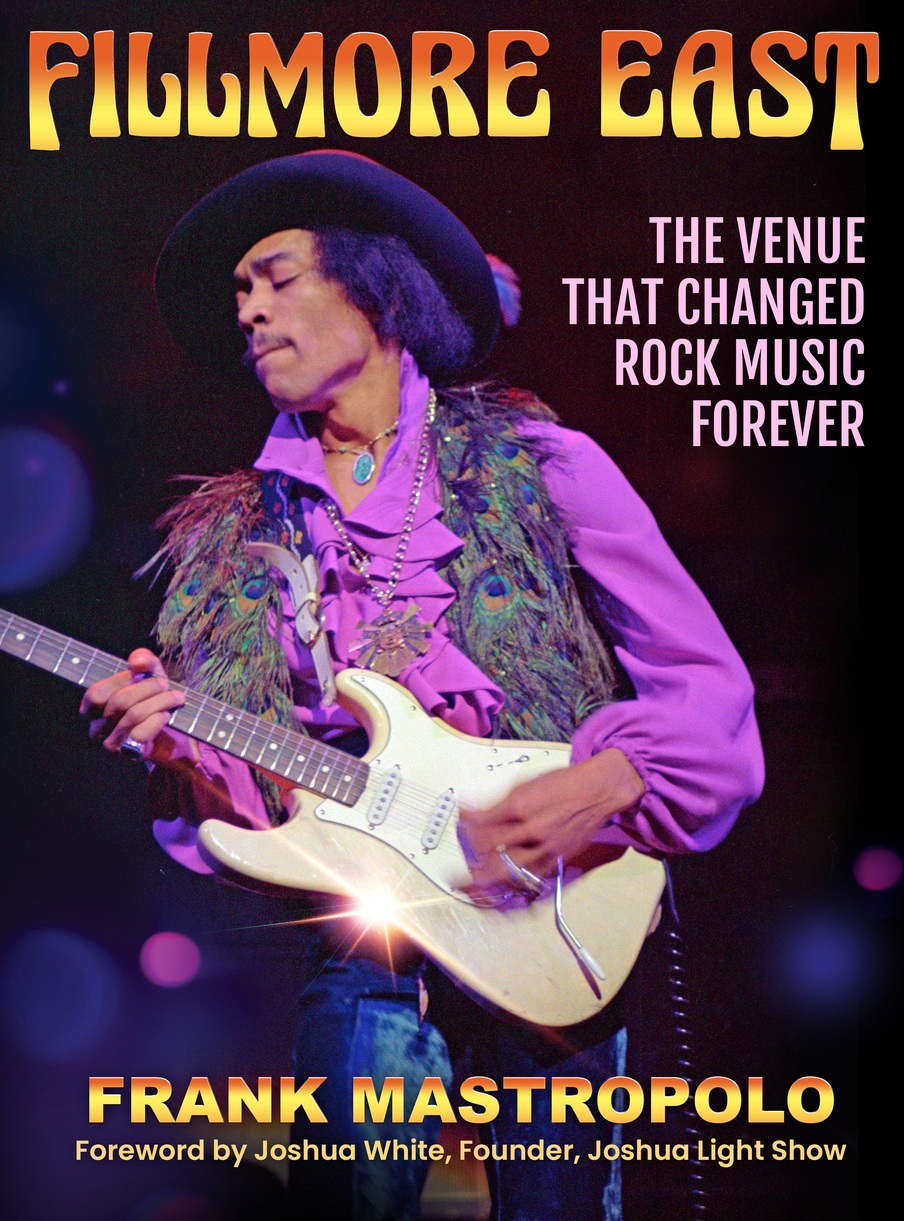
I am almost certain it was a movie house set-up, and I was as far from the stage and still considered to have been there in early 1970 with Carlos Santana & Co., Oye Como Va, Black Magic Woman, Soul Sacrifice and it was a special event in my music world, after all nearby for nightripping, The Electric Circus, and Jazz/Soul Venues Village Gate enjoyed Nina Simone, and Village Vanguard, West Village Downtown Club, Chambers Brothers1964, such upbeat intensity and enthusiasm * Charmed
The Fillmore East was the center of my life during my high school years. Very often I would go to all four concerts, early and late shows, on a weekend. My heart was shattered the day I learned it would close. I went to the closing show that started on Sunday night and ended shortly after dawn on Monday, then a few hours later went to my high school in my Fillmore East T-shirt to get my high school diploma. I felt like I graduated from Fillmore East not high school. Bill Graham, who pretty much politely ignored me each time I tried to make conversation with him, and Fillmore East made me who I am today. Fifty years after the closing of the Fillmore East, I still go out and listen to live music every night. Thank you, Frank Mastropolo and The Village Sun, for helping to keep the worthy legacy of Bill Graham and the Fillmore East alive.